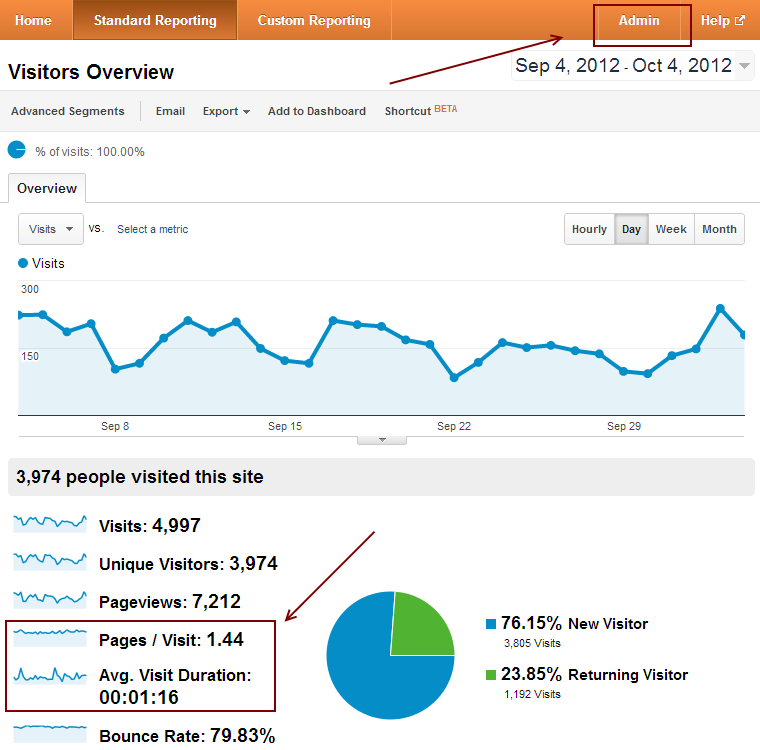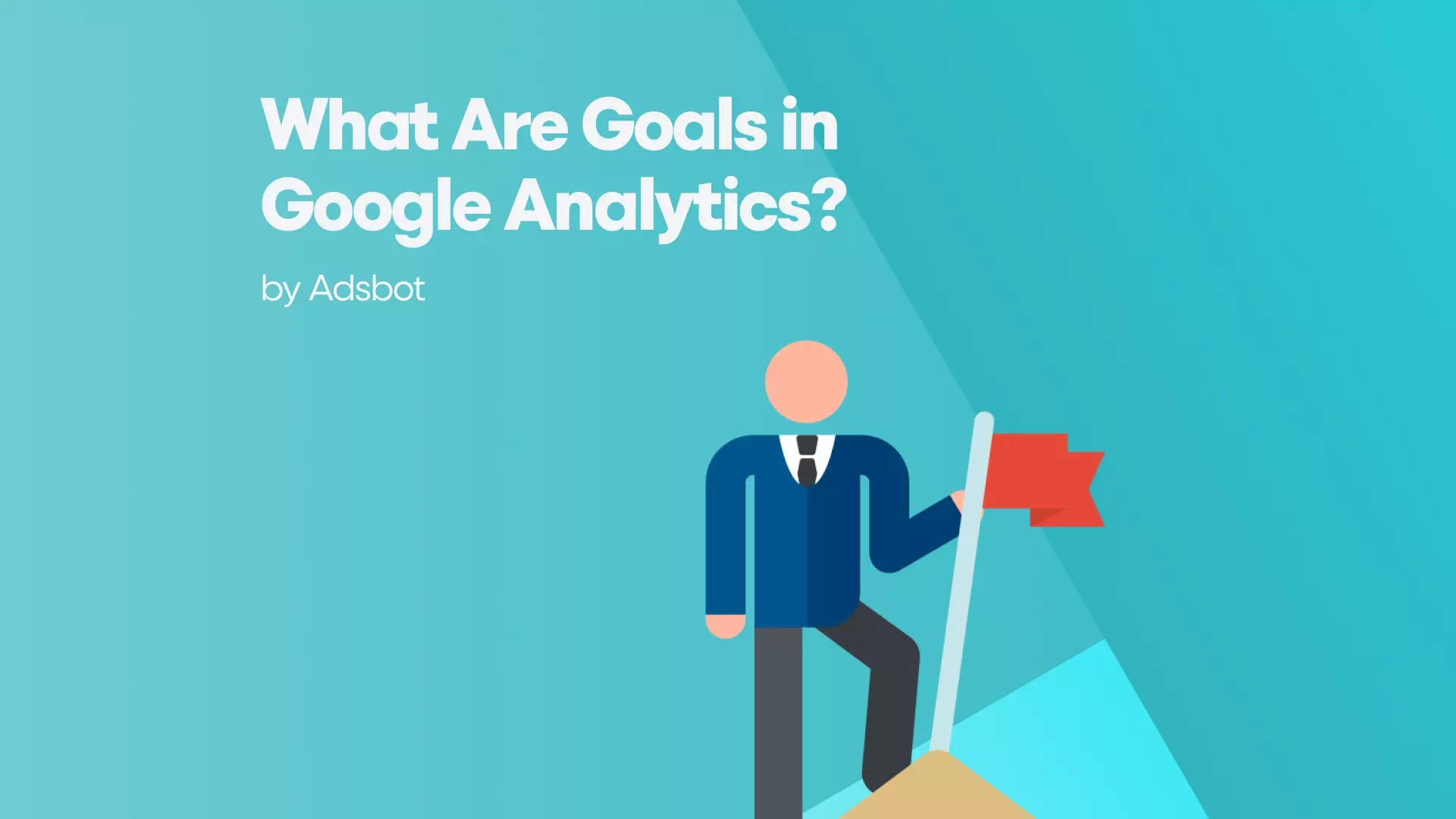What Data Is Google Analytics Goals Unable to Track: A Full Guide
What Data Is Google Analytics Goals Unable to Track: A Full Guide
Blog Article
Revealing the Blind Attractions: Recognizing What Google Analytics Goals Can not Gauge
In the realm of digital analytics, Google Analytics stands as a powerful device for monitoring and analyzing online user interactions. However, amid its durable capabilities, there exist blind places that typically escape measurement. Recognizing what Google Analytics objectives can not determine is important for acquiring an extensive view of individual behavior and involvement. As we dive right into the complexities of these unseen areas, we uncover an intricate internet of uncharted territories that hold beneficial understandings into user actions and motivations, difficult standard knowledge and losing light on the restrictions of our data-driven understanding.
Individual Behavior on External Operatings Systems
Comprehending just how individuals interact on outside platforms is crucial for enhancing online methods. External systems, such as social media networks, recommendation websites, and on the internet discussion forums, play a considerable role in driving website traffic to a business's site. By evaluating individual behavior on these systems, services can obtain useful understandings into the performance of their marketing initiatives and the choices of their target market.
One secret aspect of user habits on outside systems is the recommendation resource. By tracking where the users are coming from, services can recognize which platforms are driving one of the most traffic to their internet site. This information can help business allot their sources better, concentrating on the platforms that yield the most effective results.

Offline Interactions and conversions
Examining user actions on exterior platforms gives useful insights right into online methods; nevertheless, considering offline conversions and communications is equally essential for a thorough understanding of a company's total performance. Offline conversions, such as in-store acquisitions or phone inquiries, play a substantial function in several companies' success.

Attribution Beyond Last Click
When delving into the world of electronic marketing analytics, it becomes necessary to look past the single touchpoint of the last click for a more extensive understanding of attribution. While Google Analytics supplies beneficial understandings right into user behavior, relying entirely on last-click attribution can be restricting - what data is google analytics goals unable to track. Acknowledgment versions that go past the last click supply a more nuanced view of the customer journey, thinking about all the touchpoints that result in a conversion
Acknowledgment past the last click enables online marketers to assign debt to numerous interactions along the conversion path, offering a more clear photo of the efficiency of different marketing networks. By discovering multi-touch attribution models such as straight, time decay, or position-based acknowledgment, services can better assign their marketing spending plans and enhance their techniques for optimal effect.
Comprehending the influence of each touchpoint in the conversion procedure is vital for making notified choices and maximizing ROI. By accepting attribution past the last click, services can gain much deeper insights right into customer actions and customize their marketing initiatives find out more properly.
Cross-Device and Cross-Browser Tracking

In a similar way, cross-browser tracking complements cross-device tracking by recording individual behavior as they switch over in between various internet browsers. Understanding exactly how users interact with websites on numerous browsers can assist marketers maximize more their on-line experiences to make certain uniformity and capability throughout various platforms.
Qualitative Data and Individual Intent
Comprehending individual intent with qualitative data analysis is vital for developing targeted digital advertising techniques that resonate with the needs and preferences of the target market. Qualitative information supplies understandings into the 'why' behind user actions, losing light on inspirations, emotions, and preferences that quantitative information alone can not catch. By examining individual comments, comments, and communications, marketing professionals can discover important information regarding user intent, allowing them to tailor their messaging, material, and offerings go to this web-site to much better align with what their target market is seeking.
Qualitative data also aids in comprehending the context in which users involve with a web site or app. This contextual understanding enables marketers to develop even more appropriate and personalized experiences, inevitably driving higher involvement and conversion prices. By diving into individual intent through qualitative information analysis, services can gain a much deeper understanding of their target market, bring about more efficient marketing methods that meet individuals' needs and expectations.
Final Thought
To conclude, Google Analytics goals have constraints in measuring individual actions on exterior platforms, offline conversions, acknowledgment beyond last click, cross-browser and cross-device monitoring, and qualitative data associated with customer intent. what data is google analytics goals unable to track. It is necessary for businesses to be conscious of these unseen areas in order to supplement their data analysis with various other devices and methods to acquire an extra extensive understanding of their audience and boost their total digital advertising methods
By assessing user habits on these platforms, businesses can gain useful understandings right into the effectiveness of their marketing efforts and the preferences of their target audience.
Analyzing customer habits on exterior platforms offers beneficial understandings right into on-line strategies; however, thinking about offline conversions and communications is similarly essential for an extensive understanding of a company's overall performance.In digital marketing analytics, moving past last-click attribution to check out cross-device and cross-browser tracking is vital for getting an alternative understanding of individual interactions across various platforms and gadgets. By analyzing customer responses, remarks, and communications, marketers can reveal beneficial information about user intent, allowing them to customize their messaging, web content, and offerings to much better straighten with what their target market is seeking.
By delving right into customer intent with qualitative data evaluation, businesses can get a deeper understanding of their target audience, leading to a lot more efficient marketing techniques that satisfy customers' assumptions and needs.
Report this page